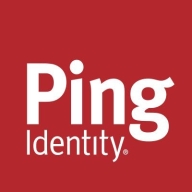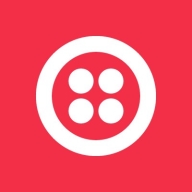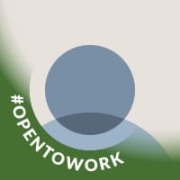

Segment and Ping Identity Platform are competing products in customer data management and identity solutions. Segment has an advantage with pricing and customer support, while Ping Identity Platform is notable for its extensive features.
Features: Segment provides powerful data integration, user behavior tracking, and the ability to unify customer data across channels. Ping Identity Platform is distinguished by its identity security, multi-factor authentication, and access management, offering more extensive identity protection services.
Ease of Deployment and Customer Service: Segment is known for a straightforward setup and responsive customer service, ensuring quick deployment with minimal disruption. Ping Identity Platform, while requiring a complex setup due to advanced features, offers excellent support and guidance for identity needs.
Pricing and ROI: Segment's pricing is competitive, offering high ROI through data handling and customer insights. Ping Identity Platform has a higher initial setup cost, but its identity management capabilities are seen as providing strong long-term value.


Segment is a customer data platform that helps organizations collect, unify, and analyze customer data from various sources. Its primary use case is to provide a single view of the customer across different touchpoints, enabling businesses to deliver personalized experiences.
The most valuable functionality of Segment is its ability to integrate with numerous data sources, such as websites, mobile apps, and third-party tools. It simplifies the process of data collection and unification, allowing organizations to easily access and analyze customer data in real time.
Segment helps organizations by providing a comprehensive understanding of their customer's behavior, preferences, and interactions. This valuable insight enables businesses to make data-driven decisions, optimize marketing campaigns, and improve customer engagement. By leveraging Segment's capabilities, organizations can enhance customer experiences, increase customer satisfaction, and drive business growth.
We monitor all Data Governance reviews to prevent fraudulent reviews and keep review quality high. We do not post reviews by company employees or direct competitors. We validate each review for authenticity via cross-reference with LinkedIn, and personal follow-up with the reviewer when necessary.